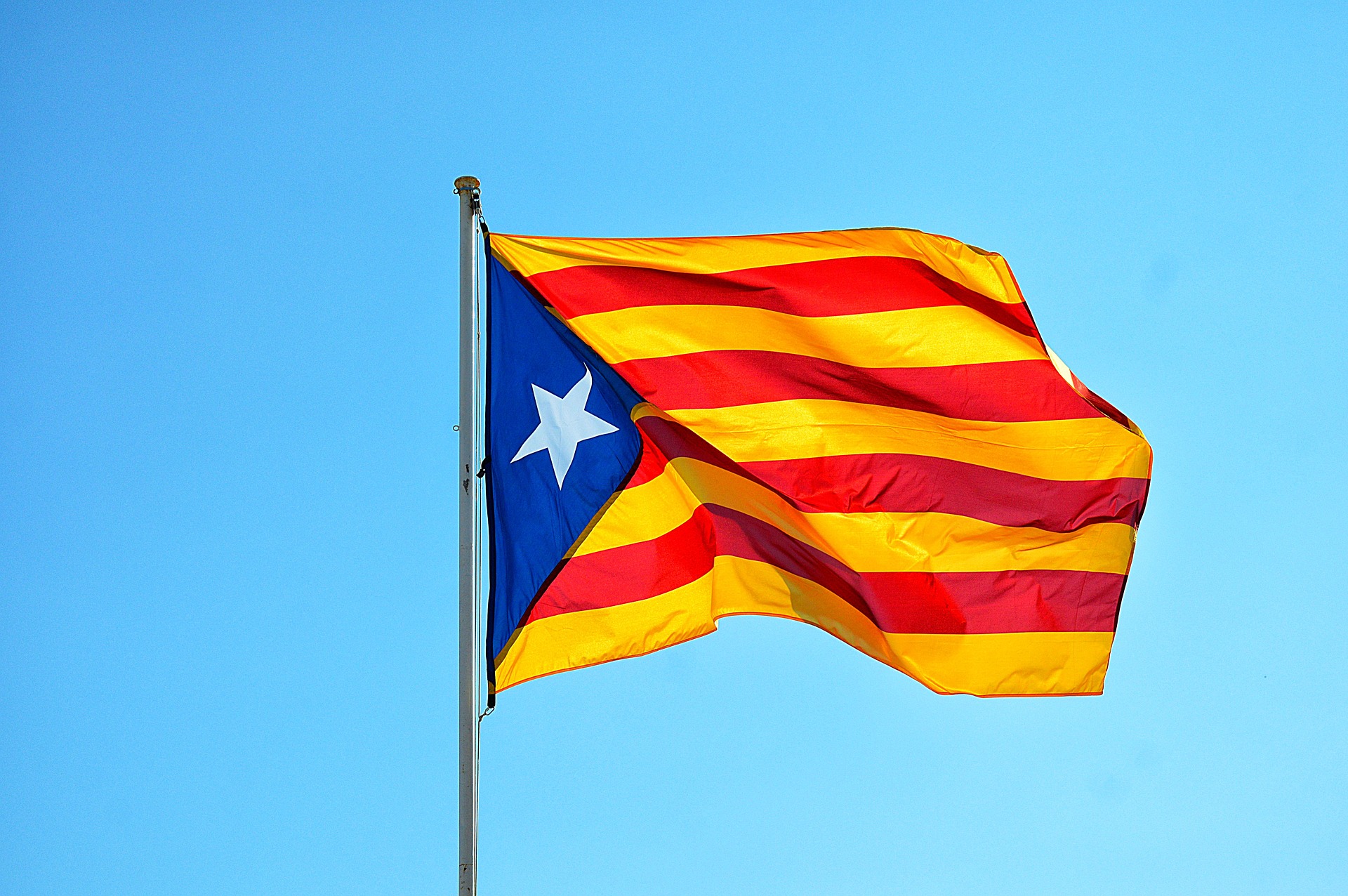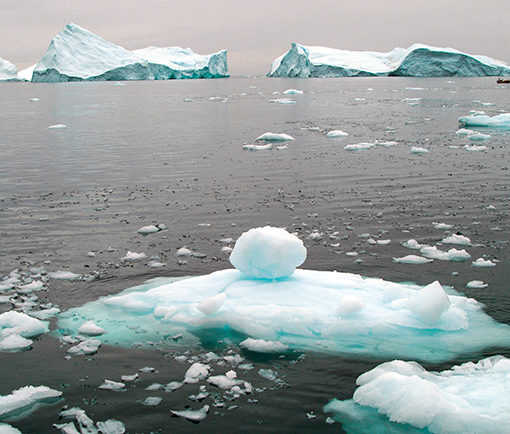Spain’s Catalonia region has been in a state of crisis for the past several weeks. The regional government, after holding a referendum on independence declared illegal by Spain’s constitutional court, declared independence and promptly had their government dissolved with leading ministers fleeing to Brussels.
So how did we get here?
Catalonia has always been the ill-fitting part of Spain. Quebec is to Canada as Catalonia is to Spain. Residents of Catalonia do not always identify primarily as Spanish, but as Catalonian. Catalonia has a unique language and culture separate from much of Spain, serving as a rallying point for those who fear the loss of a Catalan identity.
Catalonia also has its own parliament, flag, and anthem. Within Spain much government is devolved, and Catalonia arguably has more powers than almost any other region in Spain. Catalonia also retains control over their police force and several public services. However, budgets and taxes are not under their control. Catalonian separatists have claimed that they send too much money to Madrid for too little in return.
A referendum was held on October 1 by Catalonian authorities on whether or not the region should separate from Spain. Despite being declared illegal by the Spanish constitutional court, the referendum passed with 90% of voters voicing support. However, turnout was only 43% overall, raising serious concerns regarding the legitimacy of the referendum. Clashes between Spanish police and voters were caught on camera, highlighting the state of political tensions in the country.
Following the referendum, the Catalan parliament, led by then-President Carlos Puigdemont, voted for independence on October 27th. This provoked the Spanish government to invoke Article 155 of the Spanish Constitution, which suspended regional government and imposed direct rule by Spain over Catalonia. This is the first time the provision has ever been used in the Spanish constitution.
The Spanish government then fired all regional leaders and called for fresh elections on December 21. Puigdemont and several aides promptly fled to Brussels “for safety purposes”, firmly denying rumours of exile. A court in Madrid has charged him and 13 aides with several charges including rebellion, misuse of public funds, and sedition. These carry a maximum 30-year prison sentence.
Catalonia is an integral part of Spain. The region holds 16% of the country’s population, exports 25.6% of total exports from Spain, contributes to 19% of Spain’s total GDP, and represents 20.7% of foreign investment according to the Bank of Spain. The loss of the region would represent a massive blow to Spain and the European Union, as the supranational organization has repeatedly urged unity within the country.
The loss of Catalonia would empower secessionist movements across Europe, including in Flanders, Britanny, and Scotland. This would weaken the hand of the European Union as Spain has been a model EU country since the mid 2000s, working within institutions like the European Parliament and the Council of Europe while receiving EU funds for projects ranging from research to building roads and protecting the environment. It will be imperative in the coming weeks to ensure European unity as the crisis in Catalonia continues.
Update: As of November 5th 2:15PM Central European time, ex-President of Catalonia Carlos Puigdemont has turned himself into Belgian authorities.





